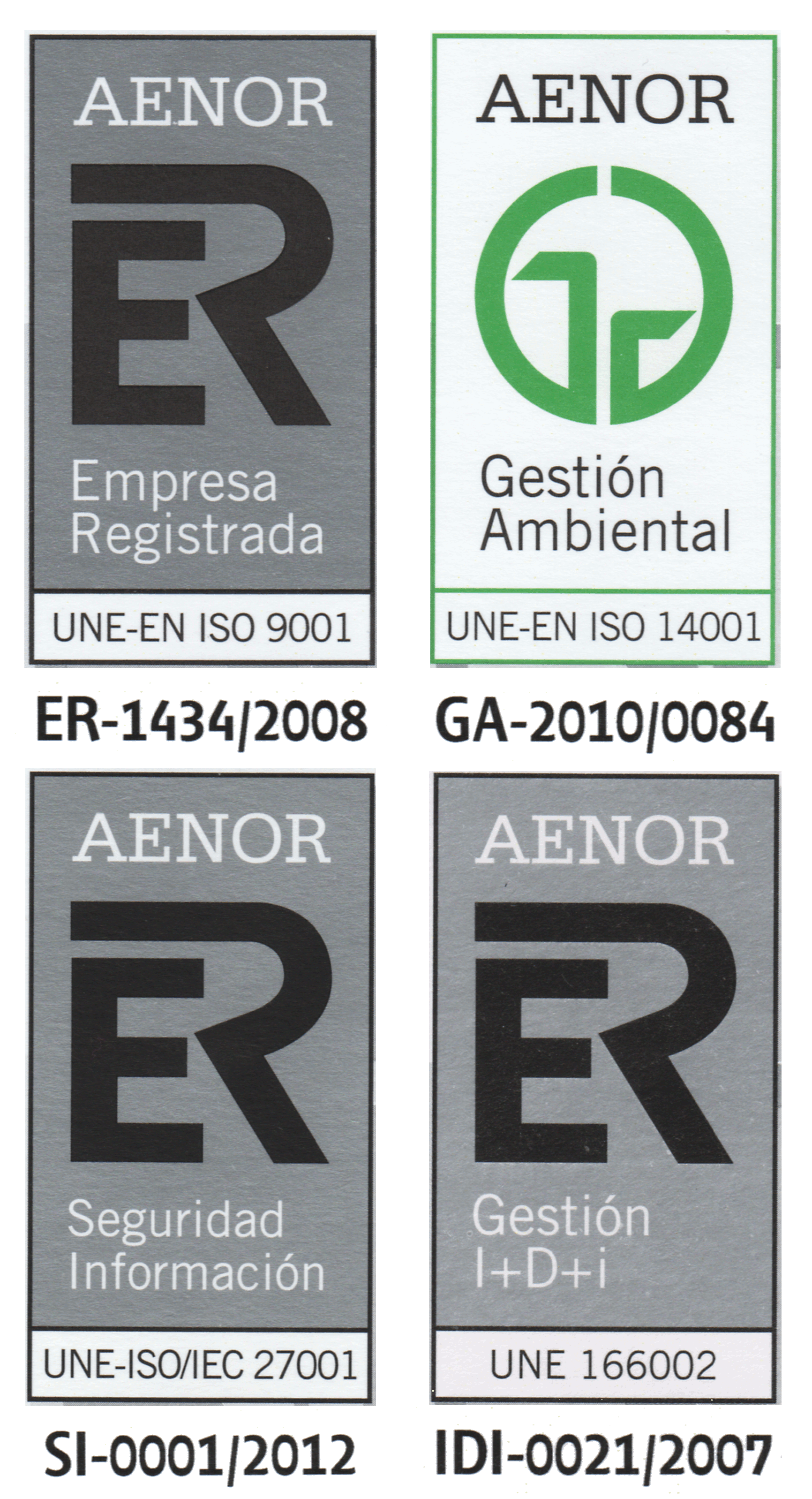From Watson-Crick L systems to Darwinian P systems
| Title | From Watson-Crick L systems to Darwinian P systems |
| Publication Type | Journal Papers |
| Year of Publication | 2003 |
| Authors | Csuhaj-Varjú, E., Martín-Vide C., Paun G., & Salomaa A. |
| Journal Title | Natural Computing |
| Publisher | Springer Verlag |
| Place Published | Amsterdam, Netherlands |
| Volume | 2 |
| Pages | 299-318 |
| Abstract | Watson-Crick L systems are language generating devices making use of Watson-Crick complementarity, a fundamental concept of DNA computing. These devices are Lindenmayer systems enriched with a trigger for complementarity transition: if a ``bad'' string is obtained, then the derivation continues with its complement which is always a ``good'' string. Membrane systems or P systems are distributed parallel computing models which were abstracted from the structure and the way of functioning of living cells. In this paper, we first interpret the results known about the computational completeness of Watson-Crick E0L systems in terms of membrane systems, then we introduce a related way of controlling the evolution in P systems, by using the triggers not in the operational manner (i.e., turning to the complement in a ``bad'' configuration), but in a ``Darwinian'' sense: if a ``bad'' configuration is reached, then the system ``dies'', that is, no result is obtained. The triggers (actually, the checkers) are given as finite state multiset automata. We investigate the computational power of these P systems. Their computational completeness is proved, even for systems with non-cooperative rules, working in the non-synchronized way, and controlled by only two finite state checkers; if the systems work in the synchronized mode, then one checker for each system suffices to obtain the computational completeness. |
| Keywords | L system, Membrane computing, P system, recursively enumerable language, Watson-Crick complementarity |
| URL | http://www.springerlink.com/index/WV5LT5870636N784.pdf |
| Issue | 3 |
| ISSN Number | 1567-7818 |
| DOI | 10.1023/A:1025415914487 |



